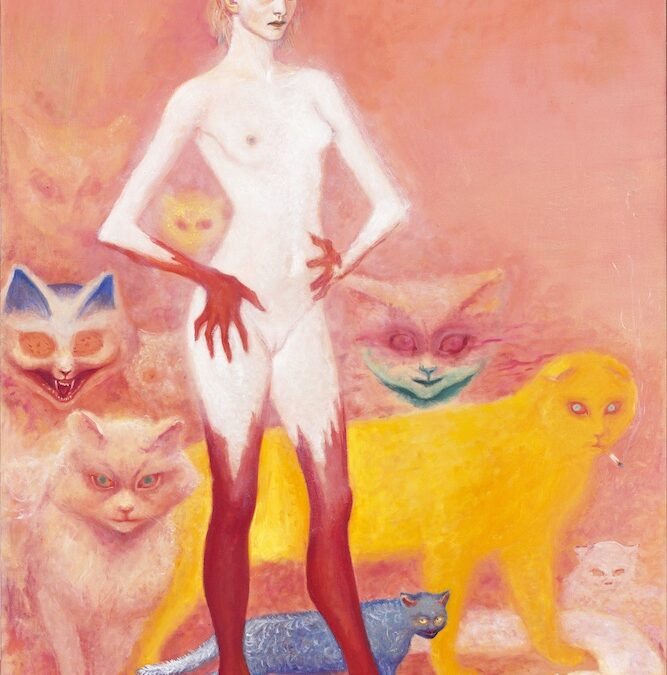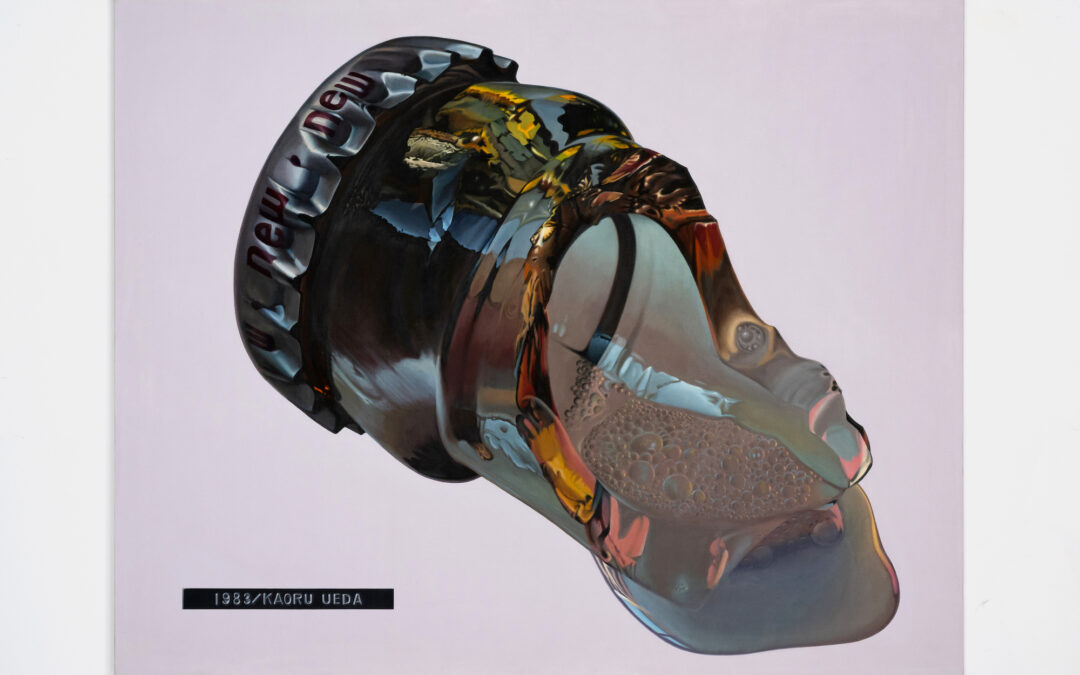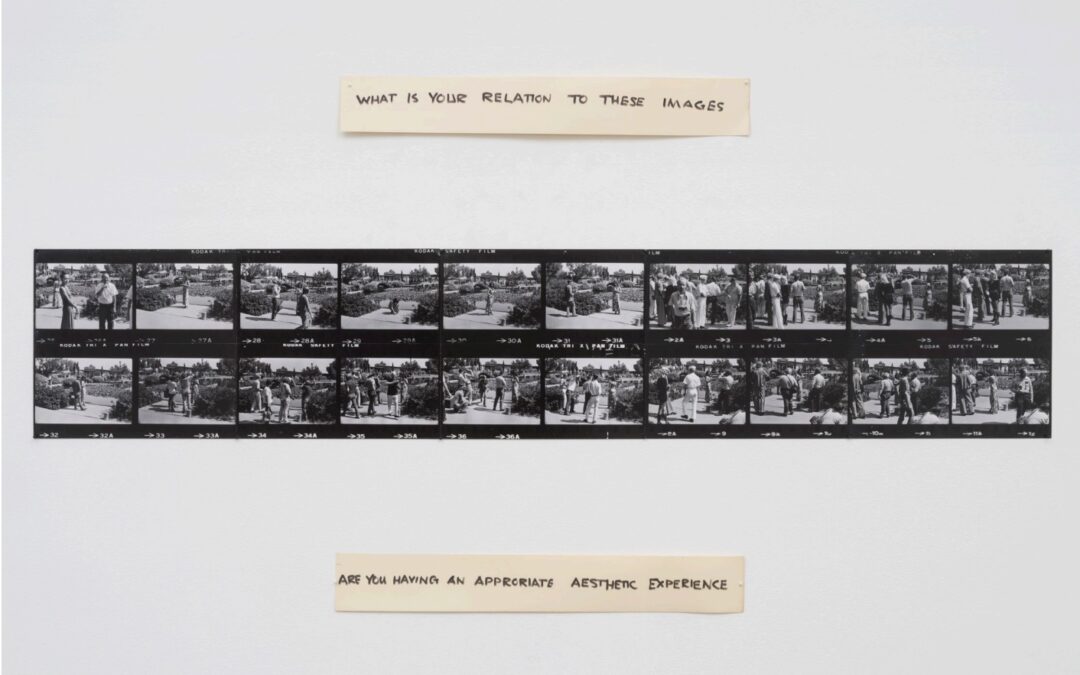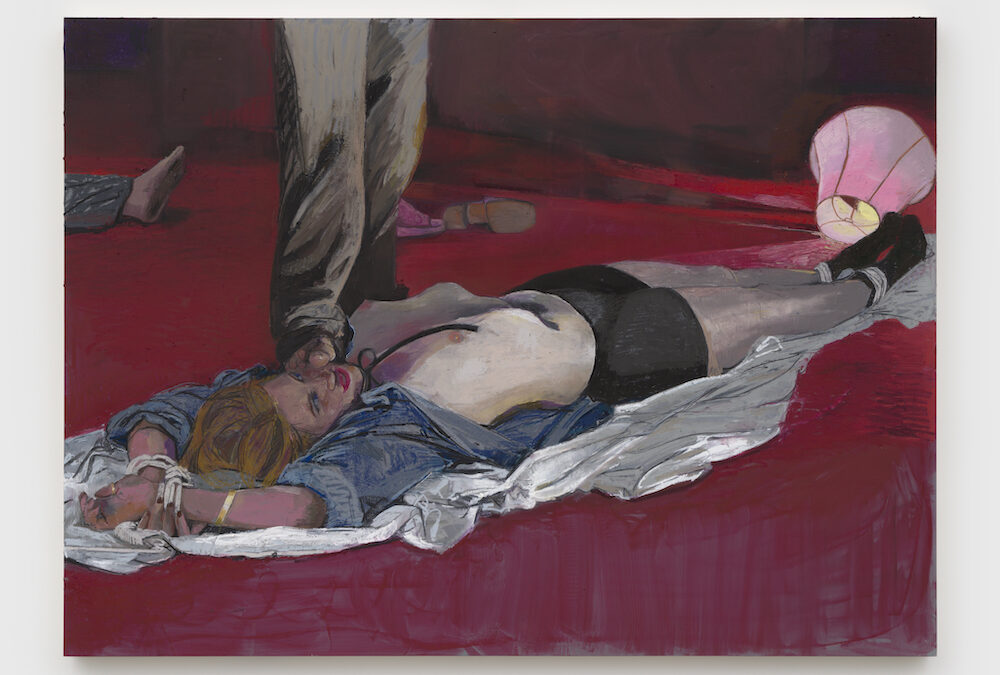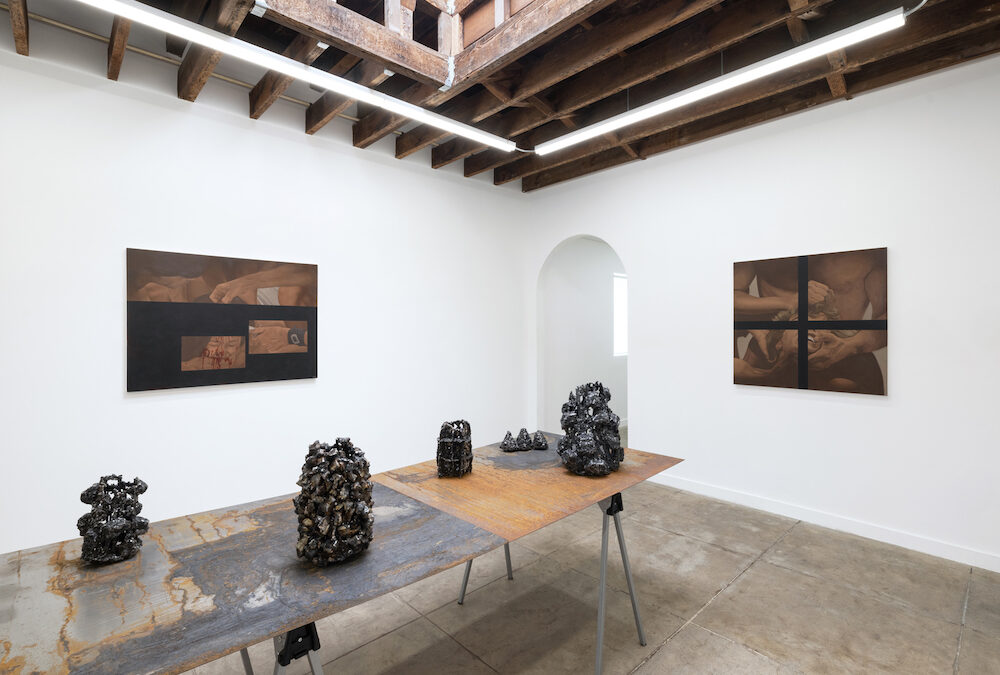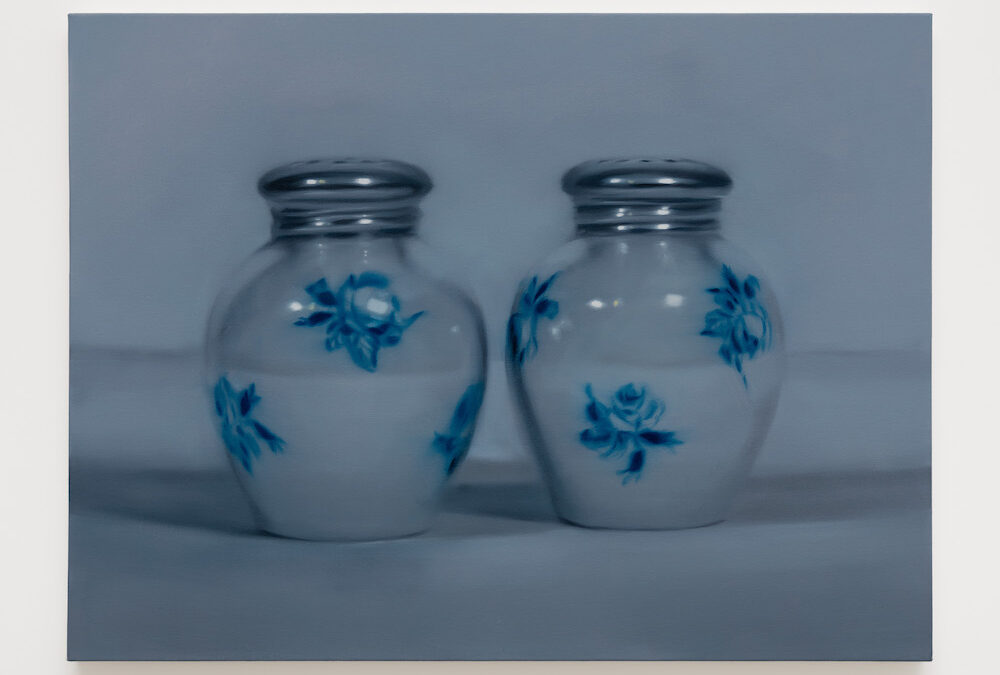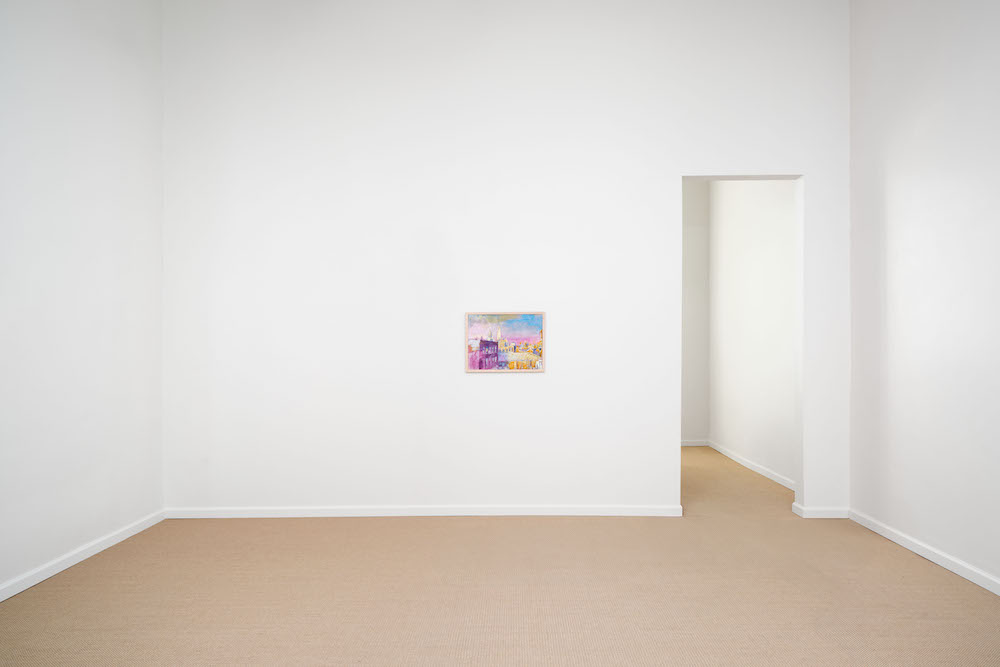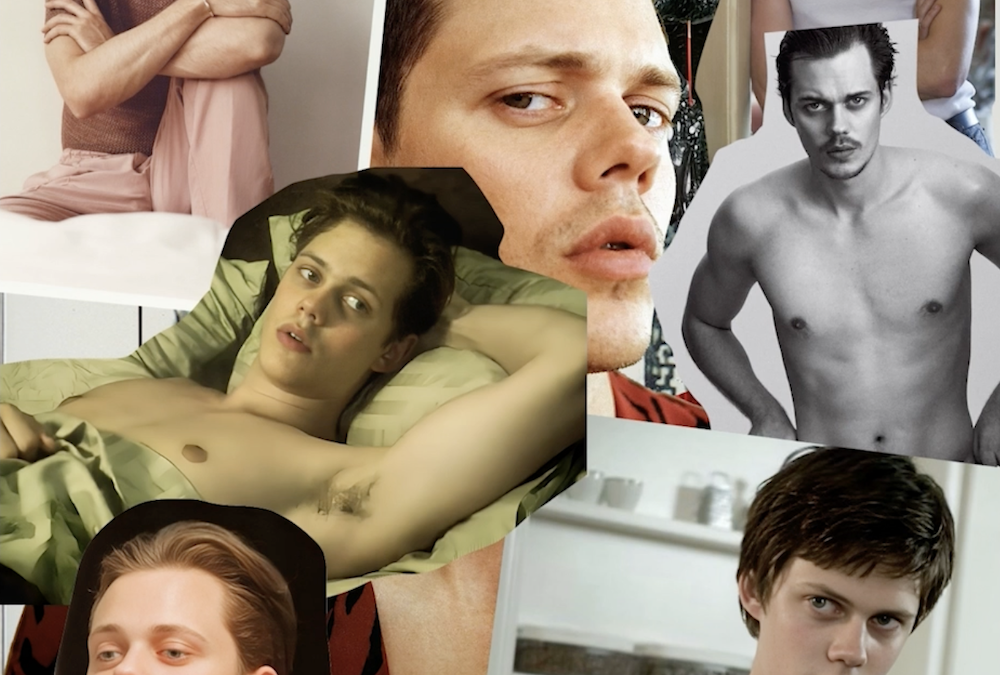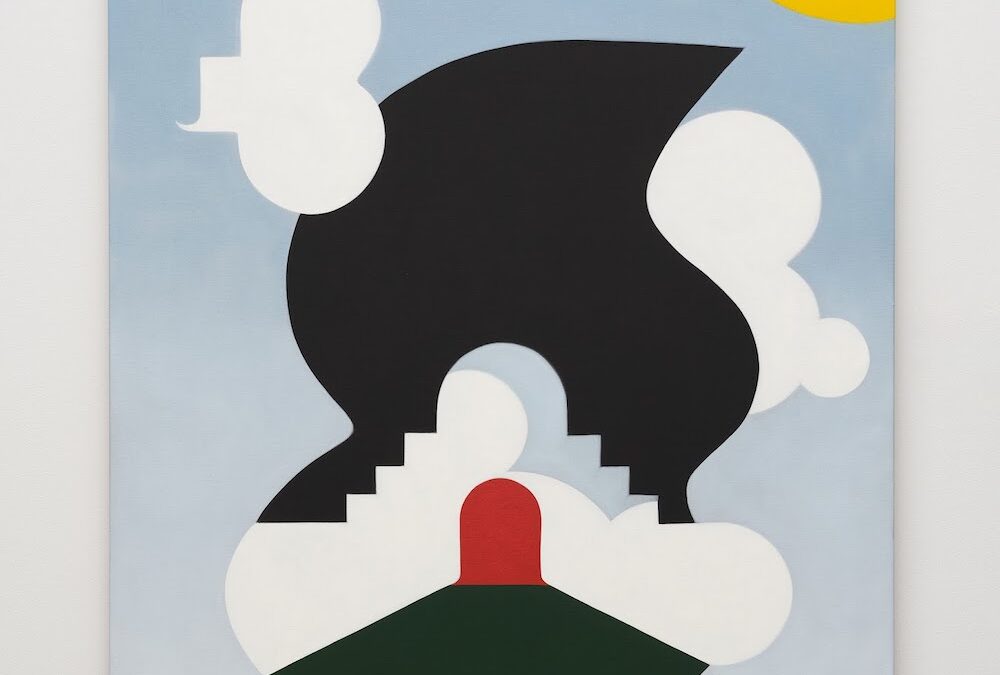“It Smells Like Girl,” at Jeffrey Deitch, in conjunction with Company Gallery, shares its title with a Tala Madani painting depicting a suspiciously phallic object, a lone actor against a cloudless blue sky. Stark and funny, the phallus is the main character, but its...
